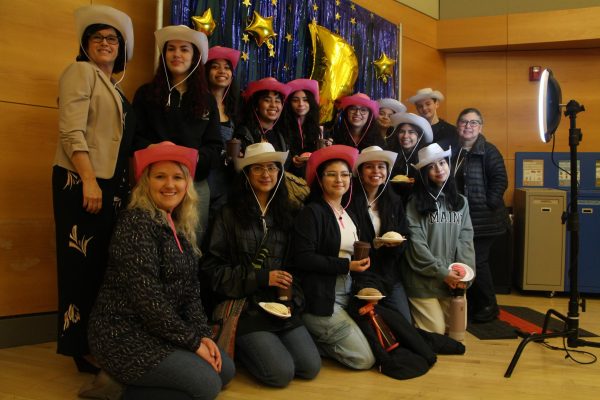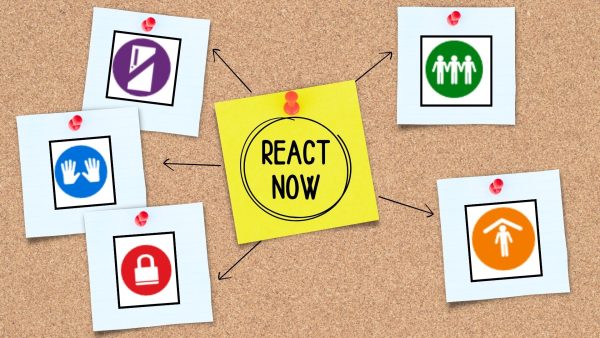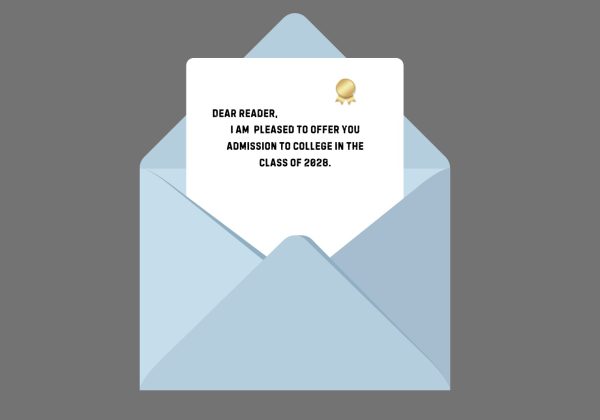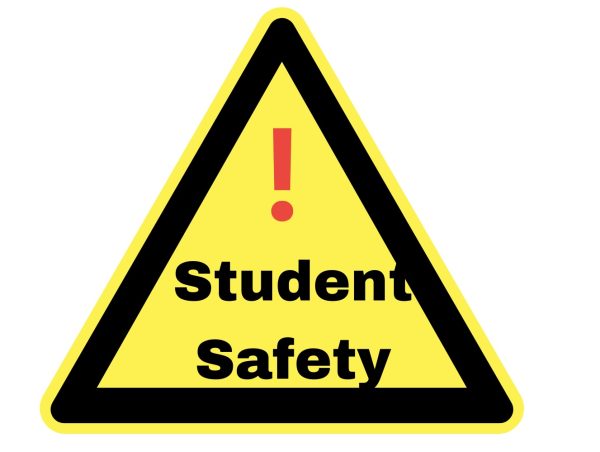“Please put away your cellphone.”
You probably have one within reach, whether it is a fancy IPhone 4, 5, Android, or some other version of the modern invention. The message is all too familiar to a high school student’s ears, although some teachers may pull a more creative “staring down at your navel is kind of funny” or, “10 push-ups if I catch you with your cellphone out” to express their annoyance. When caught, it retreats under a desk, deep into a lap, or into a nearby pocket. An, “I mean, put it away, away” is sure to follow.
This same scenario plays out day after day, class after class. True, since not all teachers prohibit cellphone use in their classrooms, nor does everyone use a cellphone or even possess one, the use of cellphones could be considered as just a “minor issue” for the Department of Education, parents, and teachers to brood on — but if only it was.
On one hand, technology and the cellphone specifically has certainly served its purpose for our modern needs. Parents often provide cellphones to their child for a practical purpose, safety and freedom of communication. Texting and social media have become the fastest way to access and spread knowledge within minutes. According to a recent Pew Internet study’s findings, “72% of teens ages 12-17 now are texters and the average young text user exchanges 1,500 texts per month.”
But students’ increasing cellphone use in also comes with a price. It’s a distraction from the primary purpose of school: to provide a good learning environment. Regarding the use of personal electronics, our school’s planner states “WLHS encourages students to utilize the technology available to them for the purposes of learning. There are times in classrooms where these tools are useful, needed, and appropriate… If students abuse or fail to adhere to agreed upon expectations, they may be confiscated and may be returned only to a parent/guardian from a school administrator.”
Andy West, English teacher, believes that even a thought of your cellphone can draw people away from being present in their class away from using their minds, and away from spending just a few more minutes to perfect their in-class assignment. Certainly, when needed for a purpose, it serves many: an entire library of knowledge, functions, and devices at one swipe of a finger. It can also serve a means of not listening or being present, or even perhaps the key to social acceptance, since “everyone” has one. Is it a need, or an obsession to stay “plugged in” all day? This 4-inch thing holds so much power.
The increased use of technology in our modern world is, in all honesty, unstoppable. Therefore, the use of cellphones in classrooms is not the big problem: it is really, how they are being used. In the near future, these advancements in cellphones could possibly be utilized, like the tablets given to many of our school district’s elementary schools, as just another convenient classroom resource. In fact, the Oregon Department of Education and other many other organizations across the nation have partnered some schools (although not yet West Linn) with Celly, a Portland-based mobile social networking company, to begin building a bridge between cellphones and classroom learning, a solution to this “problem” of cellphones.
“If you can bring [texting] into instruction in a balanced way,” Russell Okamoto, Celly’s cofounder, said in a National Public Radio special, “you have captured their imagination. You can increase their engagement; you have improved the educational process.”
There is no time-turner or wall to stop the increase in the use of modern technology, so for now, here at West Linn, cellphones do serve as a distraction more than an instrument of knowledge. Cellphones are welcome outside of class, in the hallways, during passing period or lunchtime, or after school, but in class, they are to go into into backpacks, purses and satchels unless permitted by the teacher. The rules stay unchanged for now, so the closest solution is for the student body to realize that it is our responsibility to remember that there is a time and place for everything, and just the same, that we are responsible for our own learning.
Your donation will support the student journalists of West Linn High School. Your contribution will allow us to continue to produce quality content by purchasing equipment, software, and continuing to host our website on School Newspapers Online (SNO).

























![Game, set, and match. Corbin Atchley, sophomore, high fives Sanam Sidhu, freshman, after a rally with other club members. “I just joined [the club],” Sidhu said. “[I heard about it] on Instagram, they always post about it, I’ve been wanting to come. My parents used to play [net sports] too and they taught us, and then I learned from my brother.”](https://wlhsnow.com/wp-content/uploads/2024/03/MG_7715-2-1200x800.jpg)
![At the bottom of the third inning, the Lions are still scoreless. Rowe stands at home plate, preparing to bat, while Vandenbrink stands off to the side as the next batter up. Despite having the bases loaded, the team was unable to score any runs. “It’s just the beginning of the season. We’re just going to be playing out best by June, [and] that’s where champions are,” Rowe said.](https://wlhsnow.com/wp-content/uploads/2024/03/IMG_3077-1200x900.jpg)





![The teams prepare to start another play with just a few minutes left in the first half. The Lions were in the lead at halftime with a score of 27-0. At half time, the team went back to the locker rooms. “[We ate] orange slices,” Malos said. “[Then] our team came out and got the win.”](https://wlhsnow.com/wp-content/uploads/2023/10/IMG_2385-1200x800.jpg)
















































































